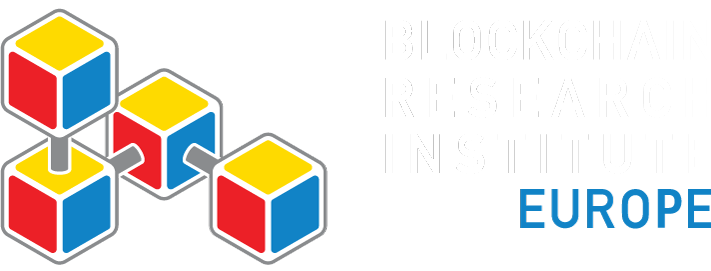Distributed Power
Report Overview
Author: Lawrence Orsini
Release Date: October 18, 2018
Abstract:
Energy expert and innovator Lawrence Orsini shares his research and work on blockchain applications that will transform global energy grids at local, national, and international levels. He provides a snapshot of today’s energy markets, consumers’ willingness to generate their own energy through green technology, and blockchain’s ability to create peer-to-peer markets for excess energy. Pointing to experiments in Australia and German, Orsini shows how blockchain will support the next generation of energy infrastructure. He discusses the roles of stakeholders — policymakers, energy producers, and corporate intermediaries — and he suggests actions these stakeholders can take to move this blockchain energy revolution forward. It is a must-read for energy engineers, clean tech investors, regulators, municipal and regional utility operators, and any community looking to generate its own power.
